Traveling to British Columbia’s Chilcotin Coast – How I got there and what I packed
I recently traveled to British Columbia’s Chilcotin Coast, and this was, without a doubt, the coldest I’ve ever been in my life. Here’s how I got there from Texas, what I packed, and why the destination is worth considering in the winter.
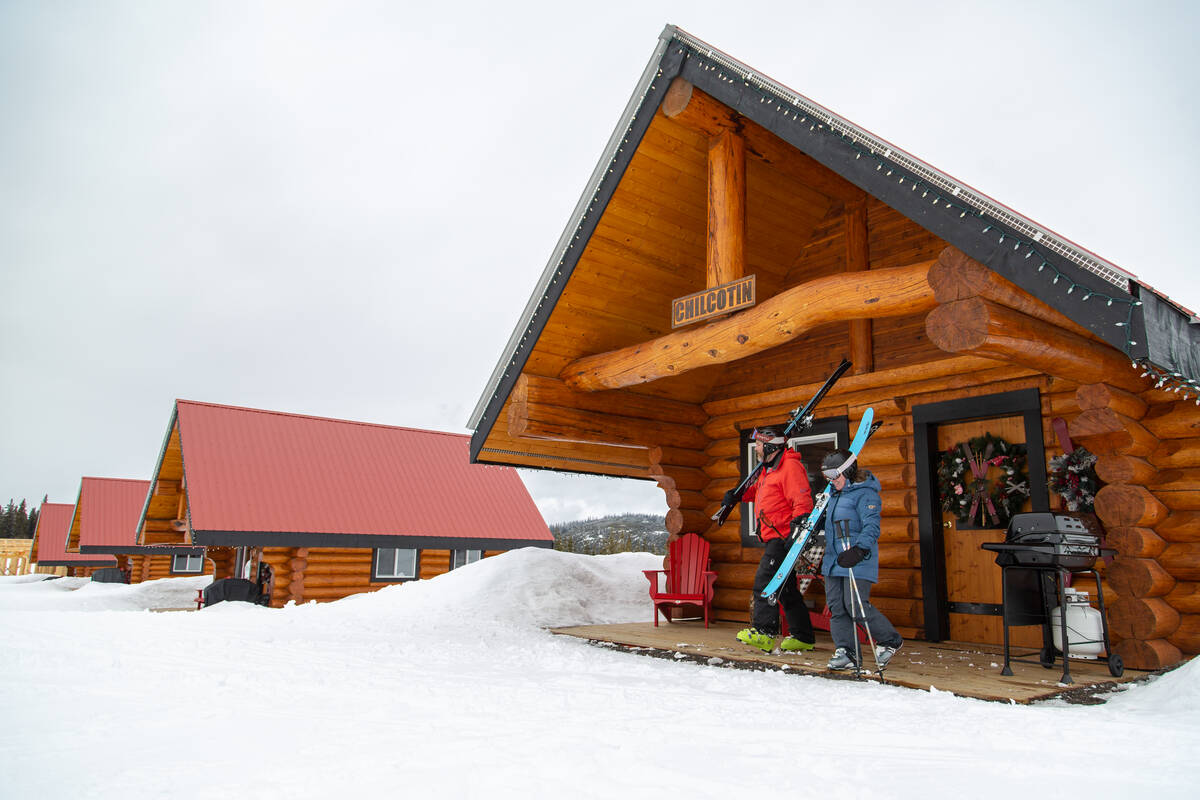
Getting to Cariboo Chilcotin Coast
Starting from the United States, flying into Vancouver makes the most sense. From there, depending on what you’re looking to do, flying one of Air Canada’s smaller planes into Kamloops or Prince George is a short, easy flight.
Depending on your flight times, you may find it easier to overnight in Vancouver, and if so, the Fairmont Vancouver Airport Hotel has gorgeous, luxurious accommodations that you don’t have to leave the terminal to access.
I left San Antonio on an early afternoon flight and connected through Denver. I got into Vancouver in the early evening and took a morning flight to Kamloops. I was part of a five-day tour that ended in Barkerville, about a two-hour drive from Prince George Airport, and I flew back to Vancouver from there, taking a morning flight back home to Texas.
What I packed for a week in the Great White North
Here’s what went in my suitcase:
- Parka
- Snow pants
- Winter boots
- Wool knee socks – 10
- Long johns – 2
- Knit beanie, or as the Canadians say, a toque – 2
- Gloves with inserts
- Scarf
- Sunglasses
- Neck gaiter
- Chemical hand warmers
- Heavy wool sweater
- Lighter wool sweaters – 2
- Hoodie
- Tee Shirts – 3
- Turtle necks – 3
- Pajamas
- Underwear – 6
- Day pack
- Basic toiletry case – skincare items, medications, sunscreen, lip balm, hair care items.
- Small makeup bag – tinted moisturizer, mascara, blush, lipstick
- Curling iron
- Electronics – Camera, extra battery packs, phone, charging blocks, USB charging port for hotel room, extra cables.
I wore jeans, tennis shoes, and a light sweater on the plane and carried my parka.
I give my packing a B minus
While I don’t think there was any way I would not have been cold – 70 degrees to below zero in 24 hours – I wasn’t underprepared to the point where I was unsafe being outdoors for extended periods. That said, there were a few things I could have improved on.
- My snow pants didn’t have gaiters, but I have since replaced them.
- My jacket, while warm enough, did not have pit zips for ventilation, which caused me to be hot when hiking in the snow.
- I would have packed more socks. I wore at least two pairs each day.
- I’d have purchased a protective bag for my camera because it did not like the cold.
- Curling iron – what was I thinking?!
What I got right with packing
- Lots of lighter base layers made of natural fabrics allowed me to adjust depending on whether I was hot or cold.
- Extra hats let me change up my look from day to day. I wore my beanie most of the time, even inside. If you lose your hat, this isn’t something you want to be without up there.
British Columbia’s extended winter season
British Columbia has a long winter season. Although the temperatures vary depending on where in BC you go, you will generally find winter weather from early November through late March. There’s way more to BC than Vancouver, which was quite surprising to me. And, even though I felt quite remote in the Cariboo Chilcotin Coast region, there’s still a lot of BC above where I stopped my travels. For reference, BC is approximately the size of California, Oregon, and Washington put together.
Traveling to the Cariboo Chilcotin Coast area is much different than spending time in Vancouver. The further north you travel, the colder the temperatures and the higher the likelihood you’ll spend more time outside, enjoying the rugged outdoor beauty of this part of the world.
More about Canada’s Cariboo Chilcotin Coast
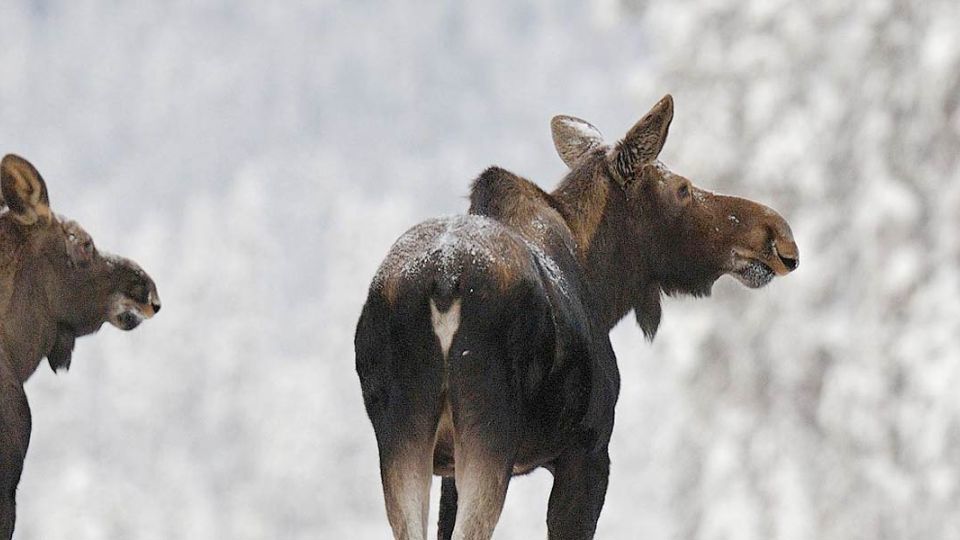
This region of British Columbia is a landscape of forests, fjords, peaks, and plains ranging across British Columbia from the Pacific Coast to the Cariboo Mountains. Often referred to as “cowboy country,” the Cariboo Chilcotin Coast in winter offers pristine, otherworldly scenery and opportunities for cross-country skiing, snowshoeing, ice fishing, and wildlife watching. Visit in early February and witness the Barkerville Gold Rush Trail Sled Dog Mail Run, a spectacular display of hardy, cold-loving canine perfection against a backdrop of a picturesque town that remembers Canada’s frontier history. The 2026 mail run dates are still pending, but it is worth planning a trip to the great white north around.
What to do
If you’re traveling to British Columbia’s Chilcotin Coast in winter, opportunities for outdoor recreation are plentiful.
- Ice fishing
- Wildlife watching eco tour
- Cross Country Ski
- Watch a dog sled demonstration – The annual Dog Sled Mail Run in Barkersville is held every February. While 2026 dates haven’t been announced, this one is worth planning your adventures around.
- Tour the Museum of the Cariboo Chilcotin
Packing appropriately is crucial to enjoying outdoor activities safely and comfortably
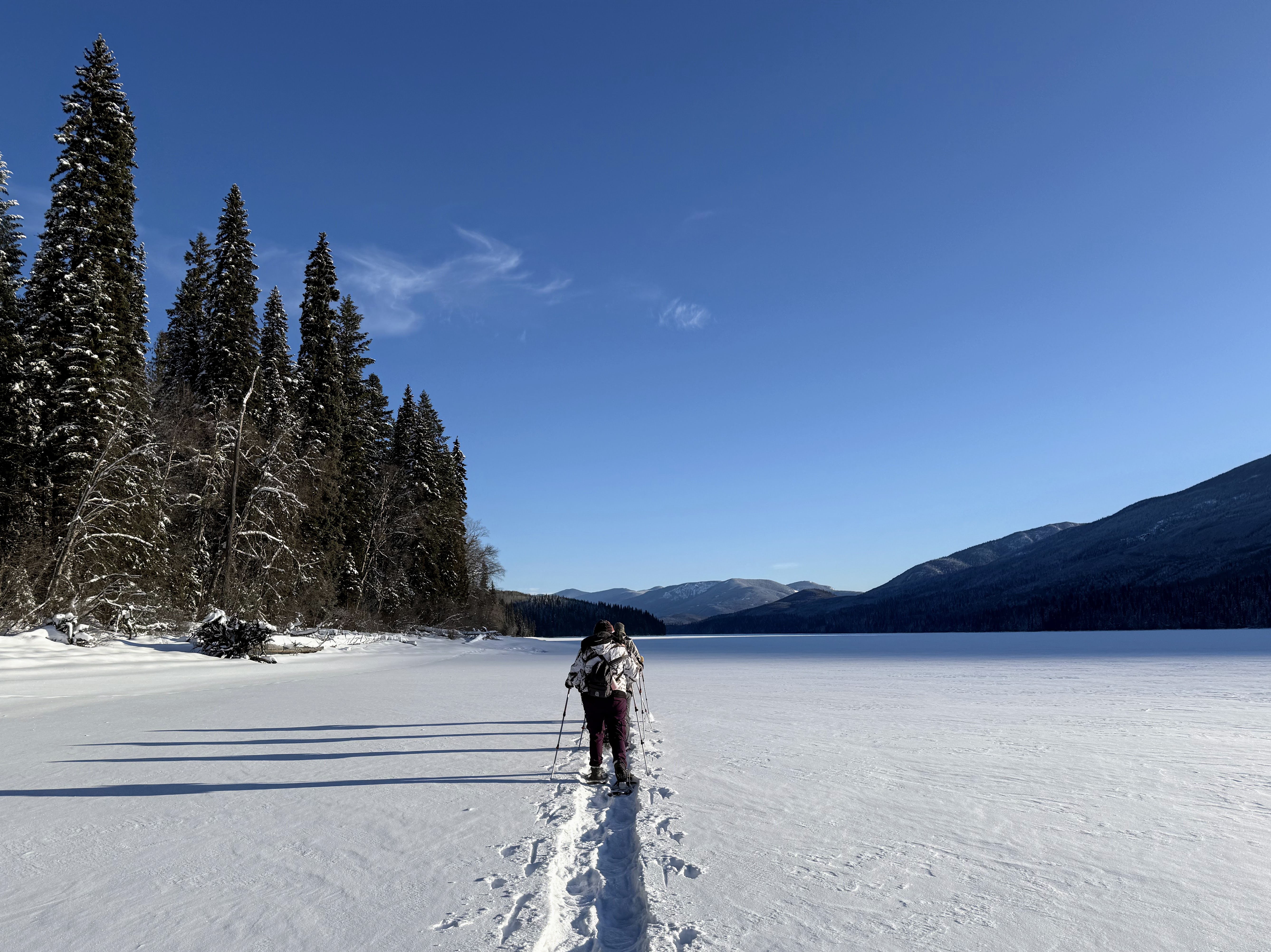
The cold weather I experienced in BC was on another level than anything I’d experienced before. My husband is from Michigan, so I know a thing or two about cold weather gear, but traveling to the Cariboo Chilcotin Coast area of British Columbia in February pushed me to the limit of “How cold can you go?” This region’s cold winters are mainly due to its inland location. There’s no moderating influence from the ocean, and the cold air from the Arctic pushes down into this region, resulting in frigid winter temps. It is stunningly beautiful, a little wild, and worth experiencing in winter if you’re dressed appropriately.
If you’re unsure whether or not your winter gear will cut the mustard, ask someone. I have my Michigander husband ask for advice, but most winter outfitters have clothing guidelines or advice on their website.
I was hosted by Hello BC, Cariboo Chilcotin Coast, and their partners.
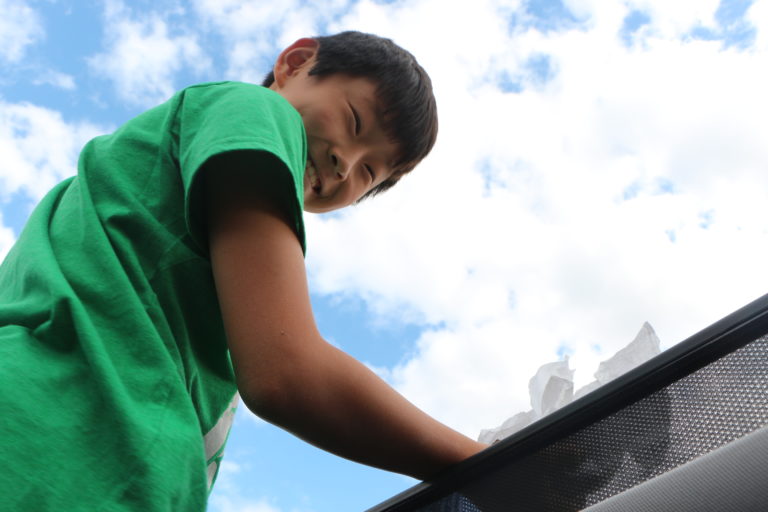
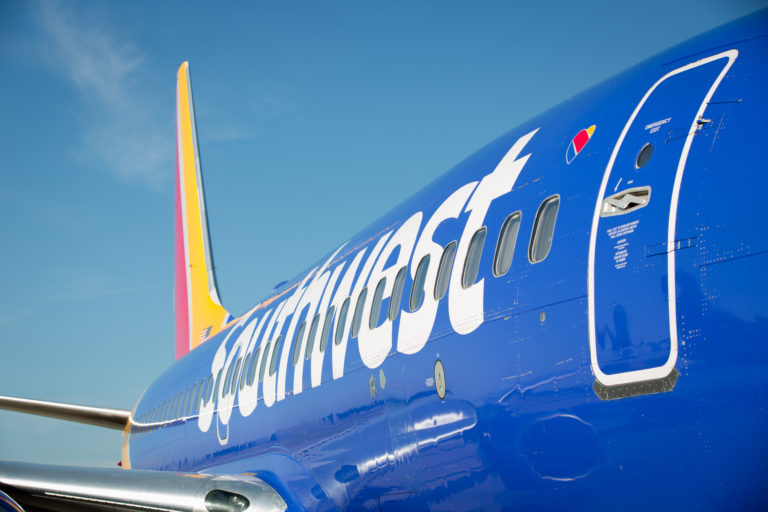
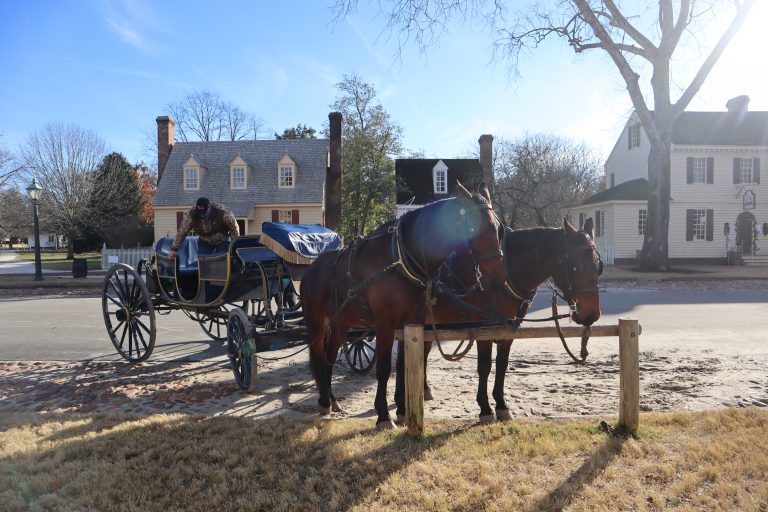


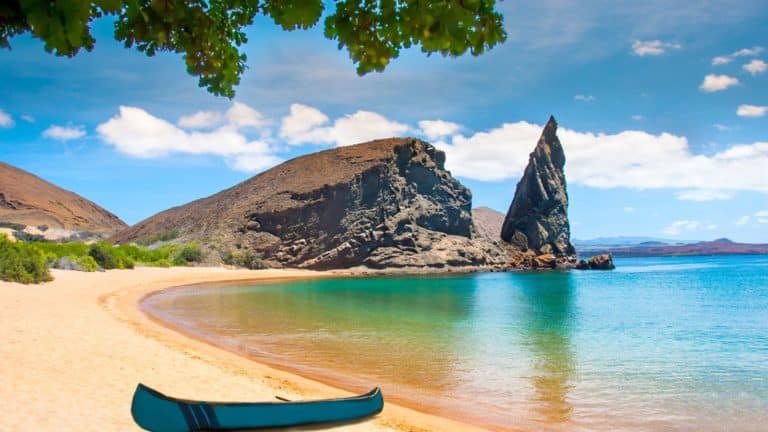
One Comment